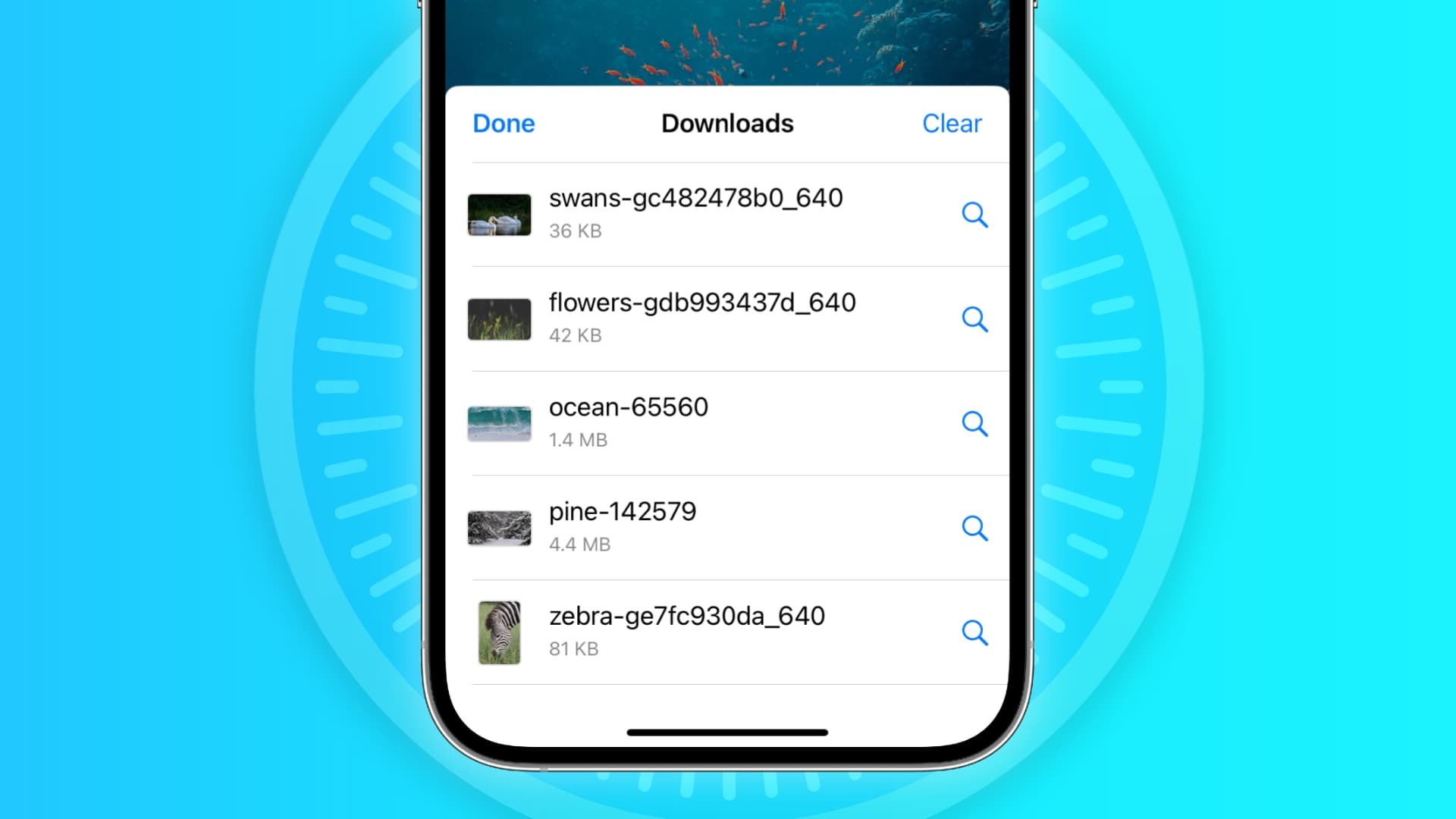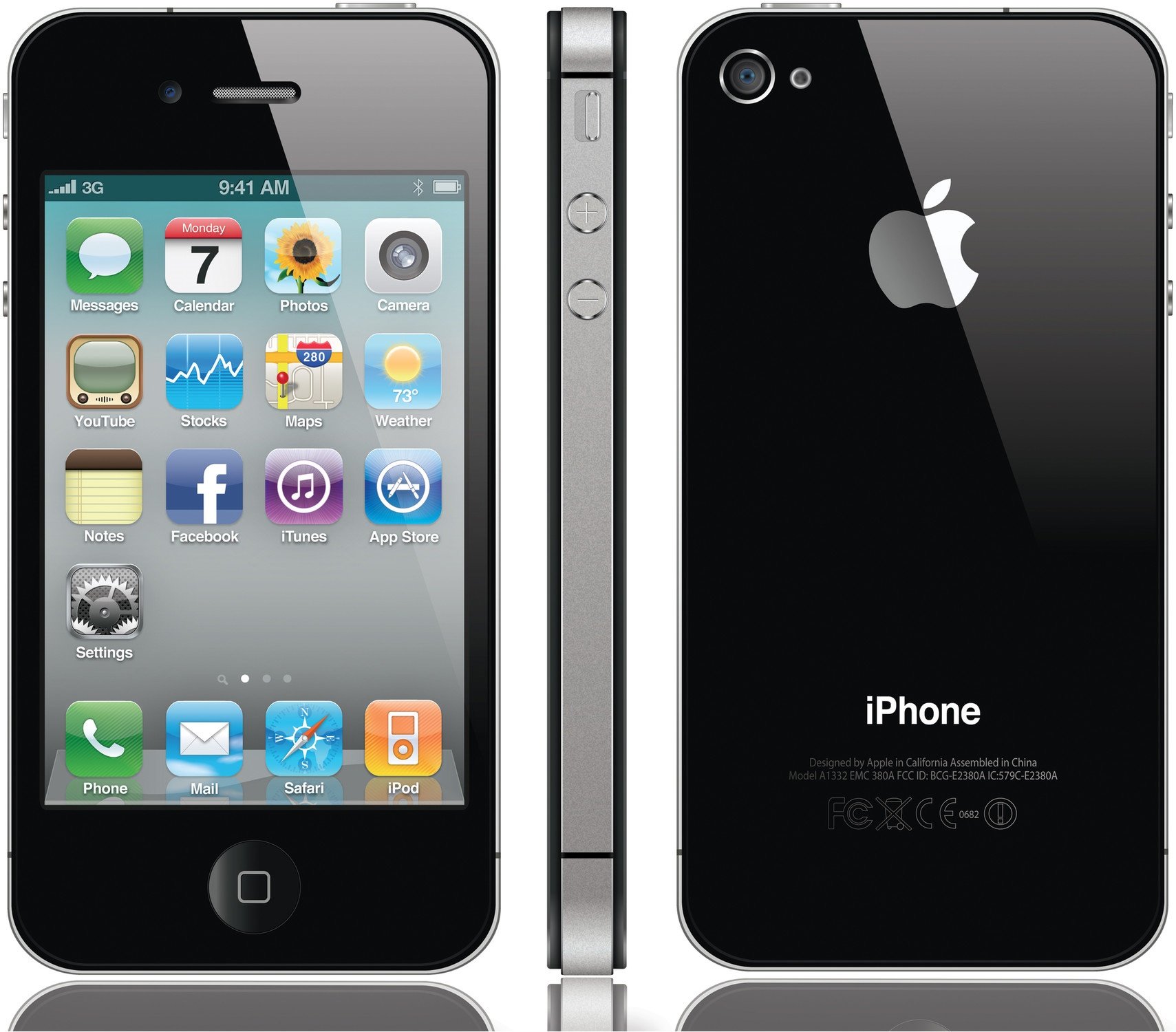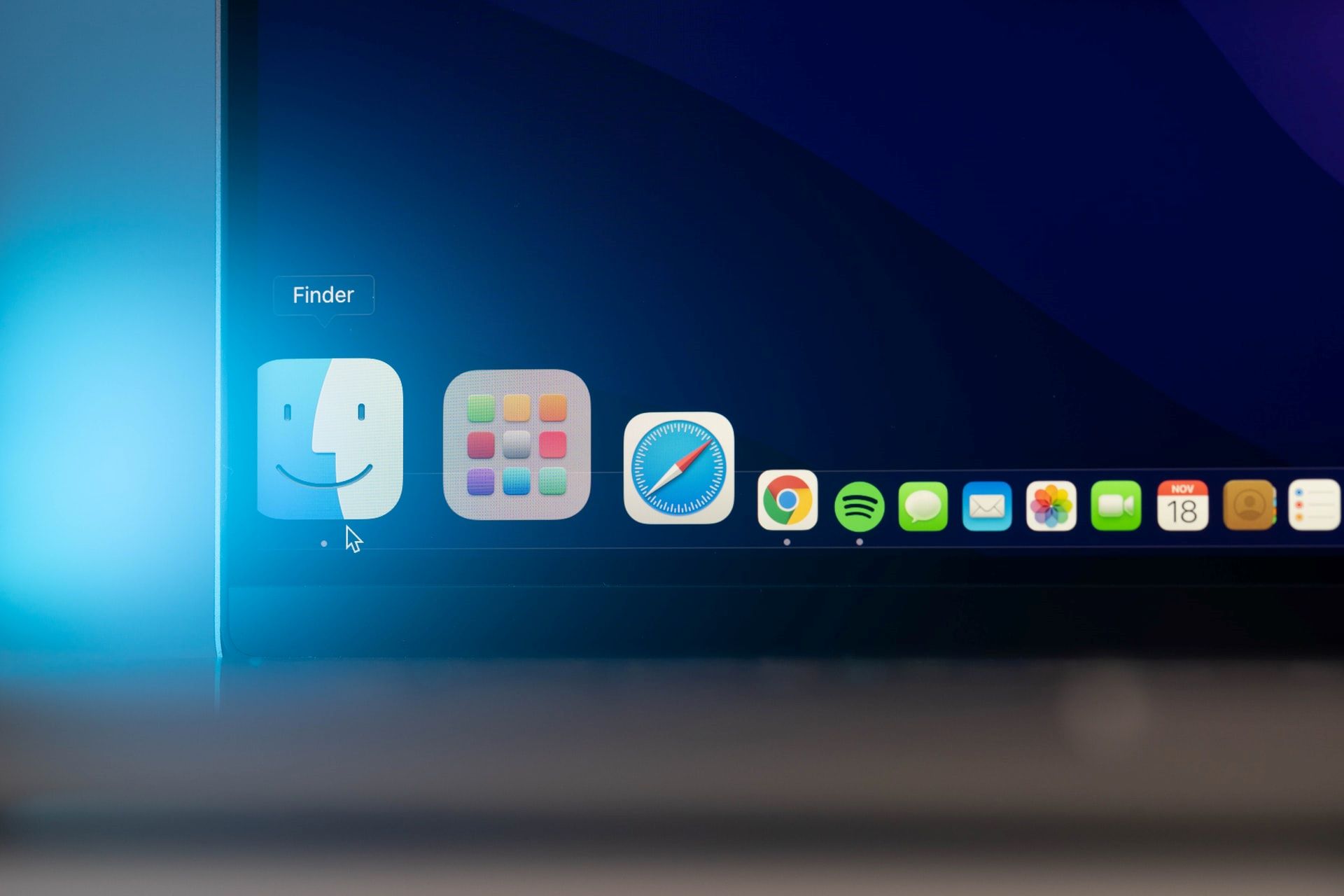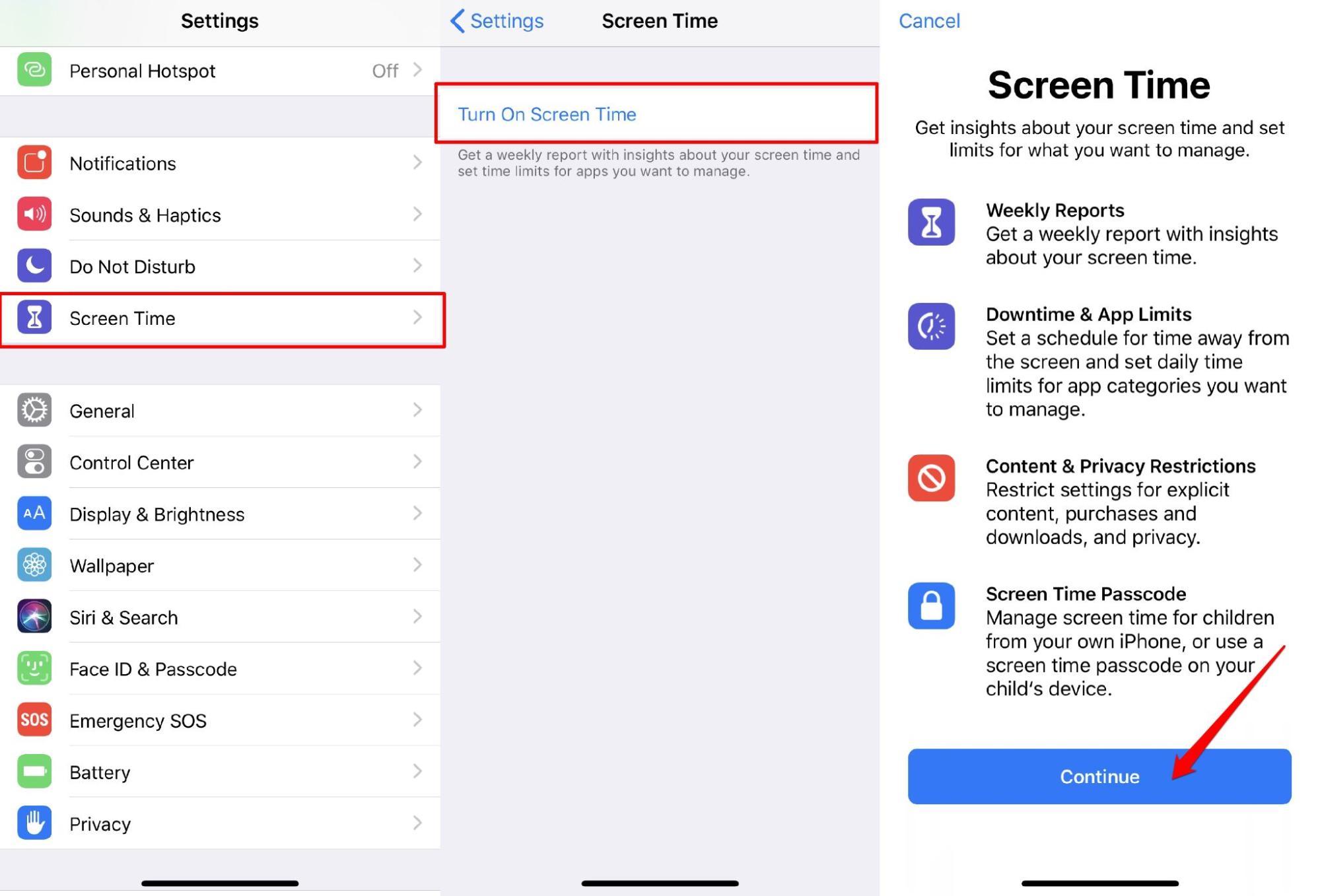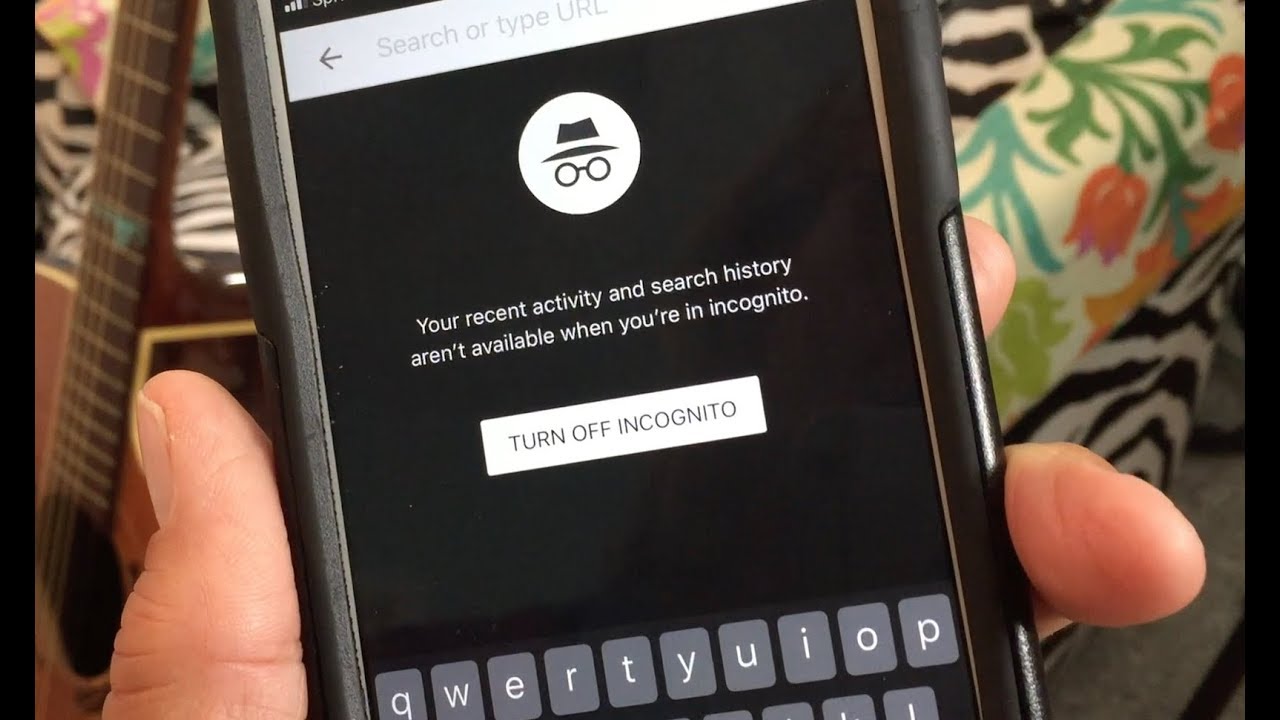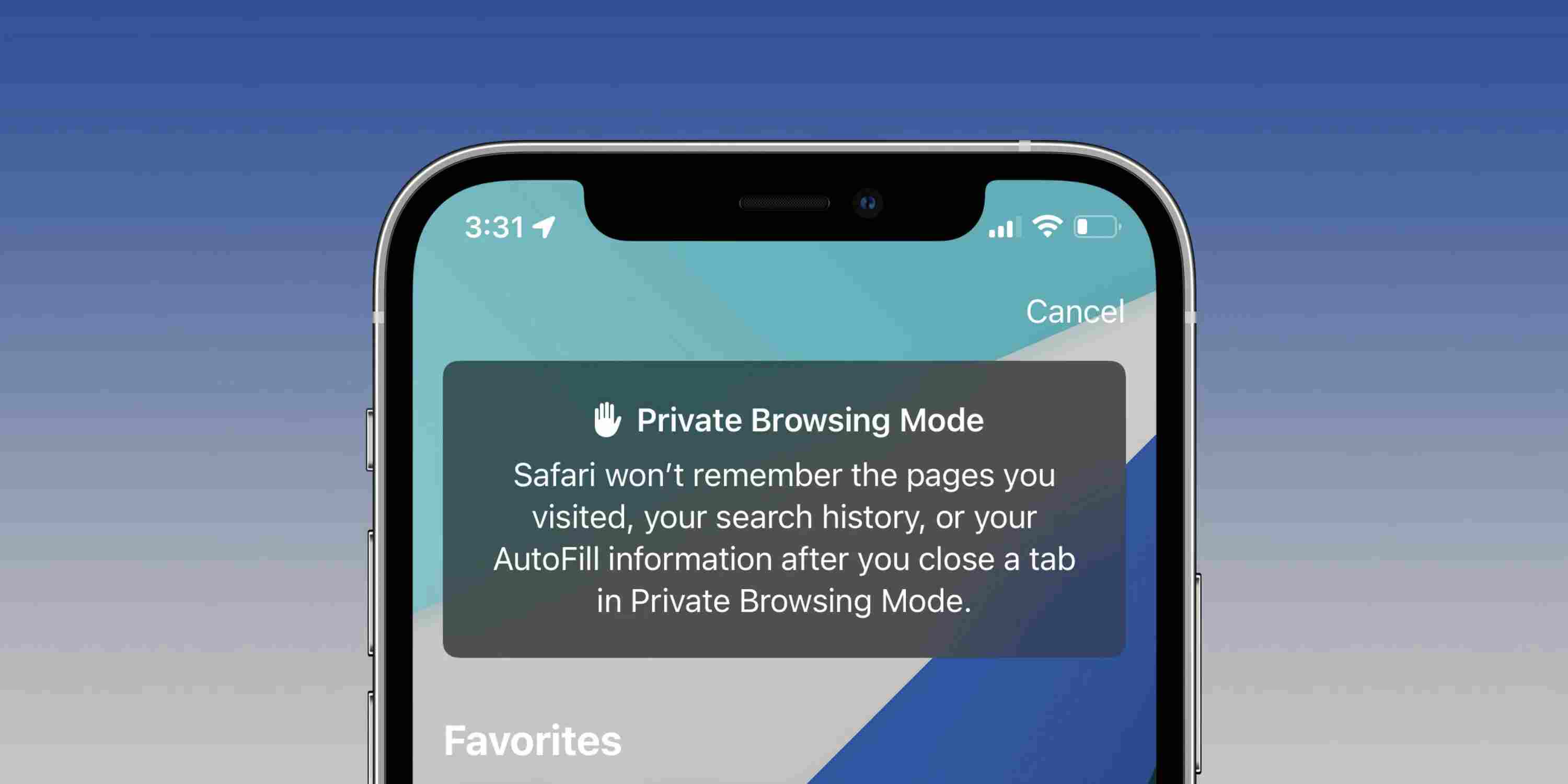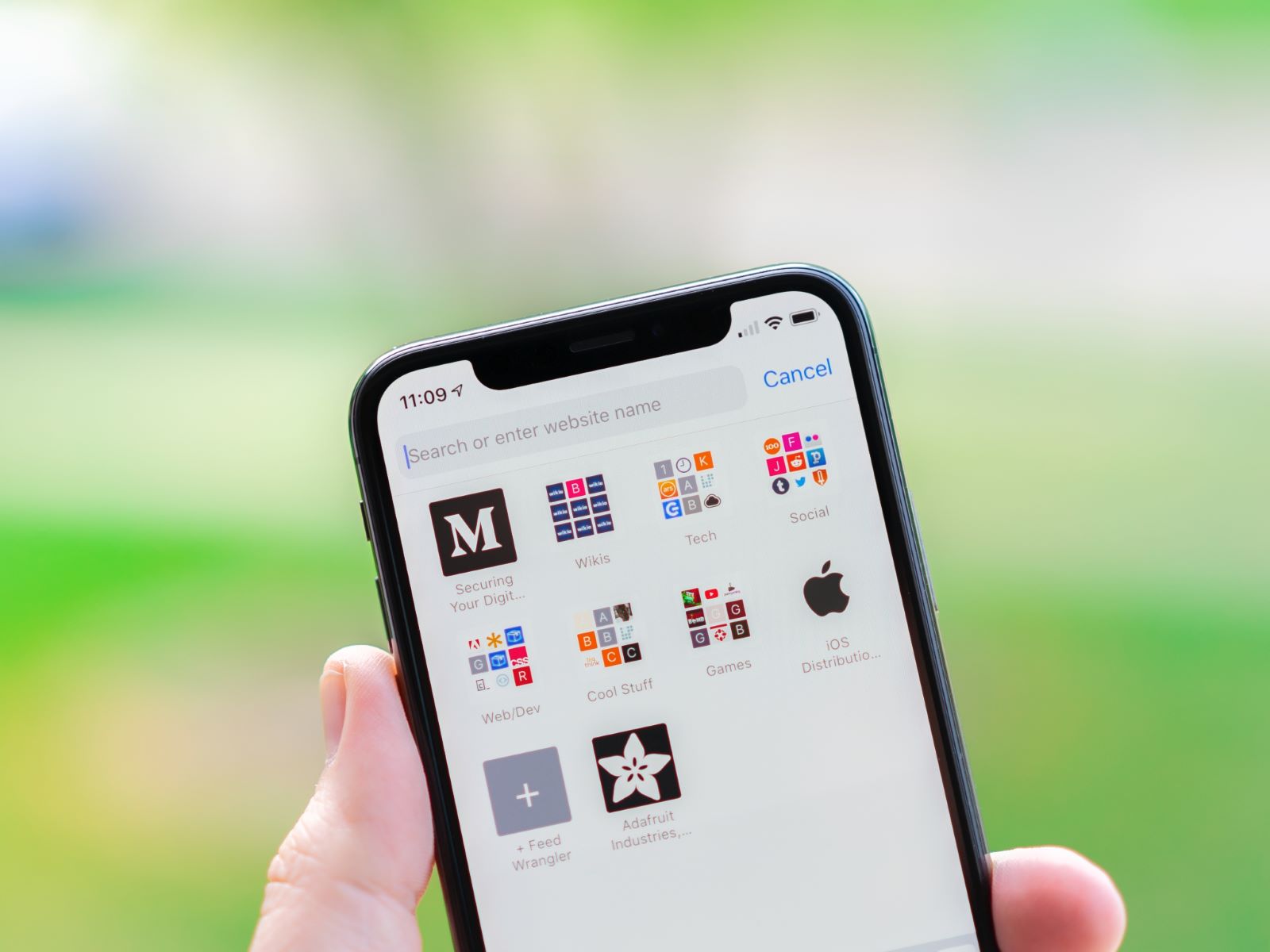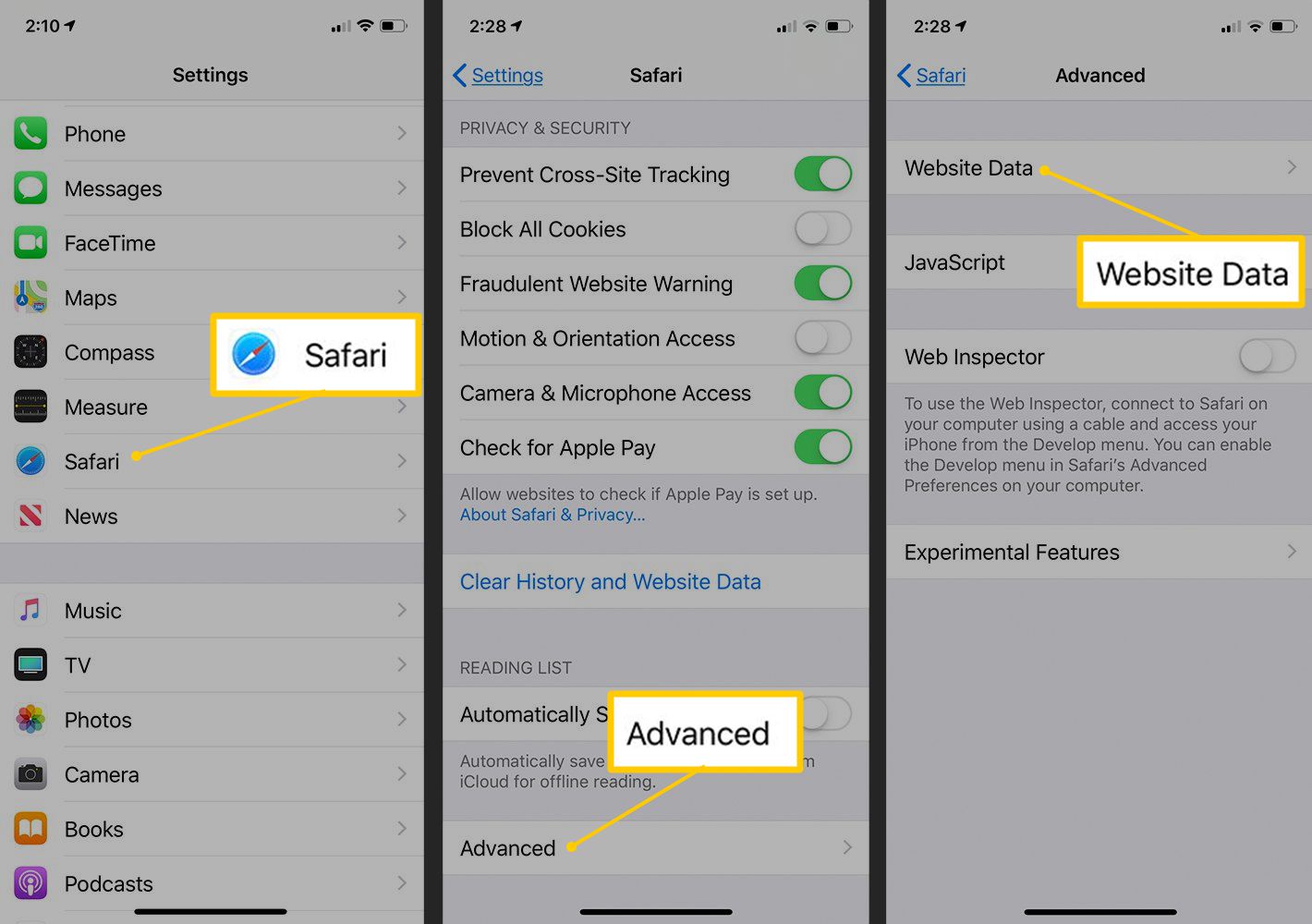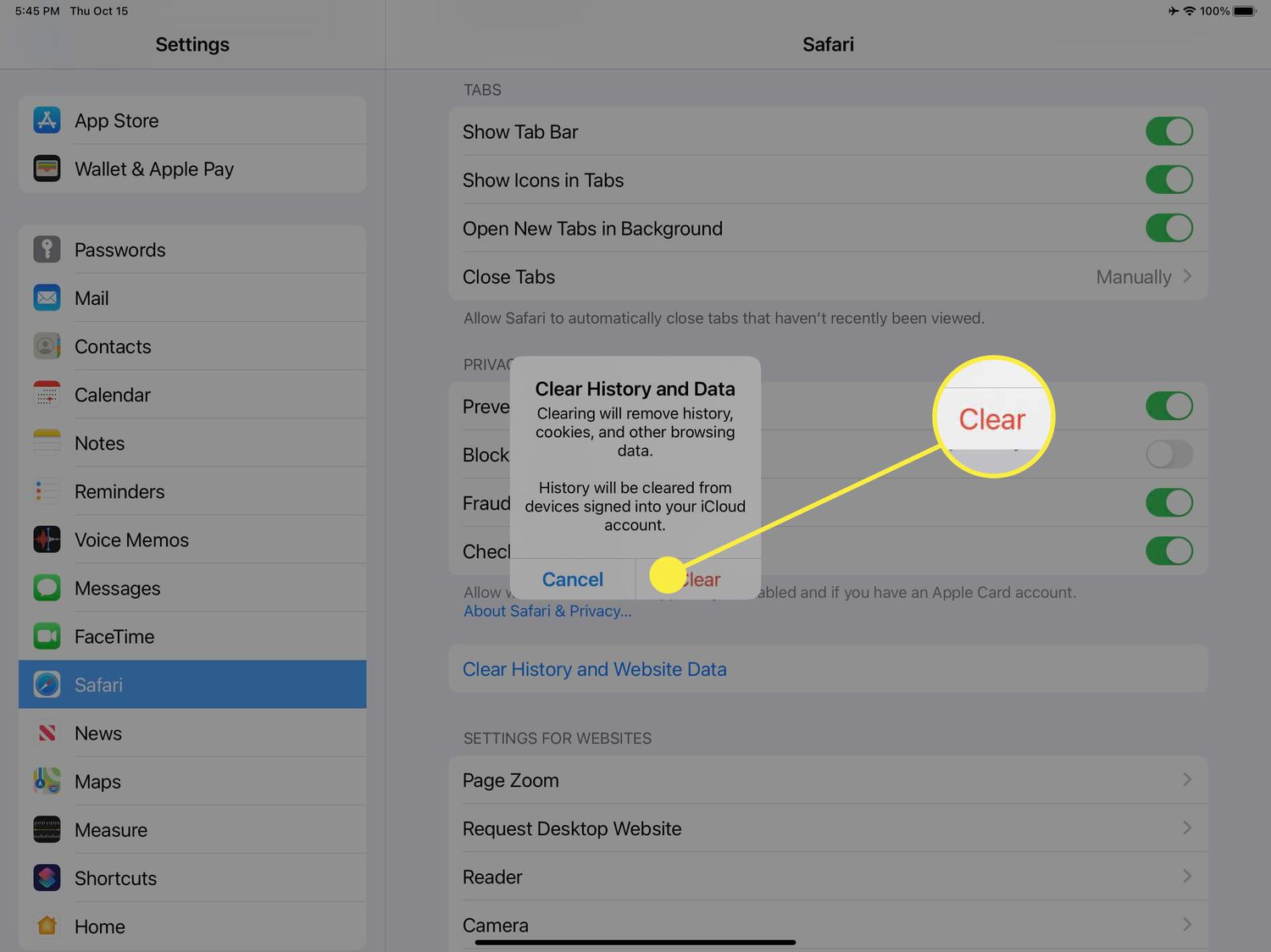Common Issues with Safari on iPhone
Safari is a versatile and user-friendly web browser that comes pre-installed on all iPhones. However, despite its reliability, users may encounter various issues that can disrupt their browsing experience. Understanding the common issues with Safari on iPhone can help users identify and resolve these issues effectively.
-
Slow Performance: One of the most prevalent issues with Safari on iPhone is slow performance. Users may experience delays when loading web pages or navigating between tabs. This can be attributed to a variety of factors, including a cluttered cache, outdated software, or a poor internet connection.
-
Crashing and Freezing: Safari may occasionally crash or freeze, causing frustration for users. This can occur when the browser is overloaded with multiple tabs and processes, or when there are compatibility issues with certain websites or extensions.
-
Website Compatibility: Some websites may not display or function properly on Safari, leading to a subpar browsing experience. This can be due to coding errors on the website or compatibility issues with Safari's rendering engine.
-
Security Concerns: Users may encounter security warnings or privacy-related issues while browsing with Safari. This can occur when visiting unsecured websites or when Safari's security settings need to be adjusted.
-
Battery Drain: Safari's excessive battery consumption can be a concern for iPhone users. This issue may arise from resource-intensive websites, background processes, or inefficient browser settings.
Understanding these common issues with Safari on iPhone is the first step toward troubleshooting and resolving them effectively. By addressing these issues, users can optimize their browsing experience and enjoy seamless access to the web on their iPhones.
Troubleshooting Steps for Safari Not Working
When Safari on your iPhone is not working as expected, it can be frustrating and disruptive to your browsing experience. Fortunately, there are several troubleshooting steps you can take to address these issues effectively.
Clear Safari Cache and Data
Clearing the cache and data in Safari can help resolve various performance issues. To do this, navigate to Settings > Safari > Clear History and Website Data. This action will remove temporary files, cookies, and browsing history, potentially improving Safari's speed and responsiveness.
Check Internet Connection
A stable internet connection is essential for Safari to function properly. If Safari is not loading web pages or displaying errors, ensure that your iPhone is connected to a reliable Wi-Fi network or has a strong cellular signal. Additionally, restarting your router or toggling airplane mode on and off can help resolve connectivity issues.
Disable Safari Extensions
Extensions and plugins in Safari can sometimes cause compatibility issues or slow down the browser. To troubleshoot this, go to Settings > Safari > Extensions and disable any installed extensions. After doing so, relaunch Safari to see if the issue persists.
Reset Safari Settings
If Safari continues to exhibit abnormal behavior, resetting its settings can be beneficial. This can be done by navigating to Settings > Safari > Advanced > Website Data > Remove All Website Data. Keep in mind that this action will clear all stored website data, including login credentials and preferences.
Update Safari and iOS
Outdated software can lead to compatibility issues and security vulnerabilities. Ensure that both Safari and your iPhone's operating system are up to date by navigating to Settings > General > Software Update. If updates are available, follow the on-screen instructions to install them.
Reset Network Settings
In some cases, network-related issues can impact Safari's performance. Resetting your iPhone's network settings can help resolve these issues. To do this, navigate to Settings > General > Reset > Reset Network Settings. Keep in mind that this action will reset Wi-Fi networks and passwords, so you will need to re-enter this information afterward.
By following these troubleshooting steps, you can effectively address various issues that may cause Safari to not work as expected on your iPhone. These actions can help optimize Safari's performance, improve its stability, and enhance your overall browsing experience on your iPhone.
Updating Safari and iOS
Keeping Safari and the iOS operating system up to date is crucial for ensuring optimal performance, security, and compatibility with the latest web technologies. Regular updates address known issues, introduce new features, and enhance overall stability. Here's why updating Safari and iOS is essential, along with the steps to ensure your iPhone is running the latest versions.
Importance of Updates
Security Enhancements
Updating Safari and iOS is vital for safeguarding your device against security vulnerabilities and potential threats. Each update includes patches for known security issues, protecting your browsing activities and personal data from exploitation by malicious entities.
Bug Fixes and Performance Improvements
Software updates often include bug fixes and performance enhancements that can address issues with Safari's functionality, speed, and stability. By staying up to date, you can benefit from a smoother and more reliable browsing experience.
Compatibility with Websites and Services
Websites and web services continually evolve, adopting new technologies and standards. Updated versions of Safari and iOS ensure compatibility with the latest web developments, allowing you to access and interact with modern web content seamlessly.
Updating Safari
To update Safari on your iPhone, follow these steps:
- Open the App Store on your iPhone.
- Tap your profile picture in the top right corner.
- Scroll down to find Safari in the list of apps.
- If an update is available, tap the "Update" button next to Safari.
Updating iOS
To update your iPhone's operating system, follow these steps:
- Go to Settings on your iPhone.
- Select General, then tap on Software Update.
- If an update is available, tap "Download and Install" to begin the update process.
Ensuring Automatic Updates
To ensure that Safari and iOS stay updated automatically, you can enable automatic updates for both the browser and the operating system. This can be done by navigating to Settings > App Store and enabling the "App Updates" option. For iOS updates, go to Settings > General > Software Update, and enable "Automatic Updates."
By prioritizing the regular updating of Safari and iOS, you can maintain a secure, efficient, and enjoyable browsing experience on your iPhone. These updates not only address potential vulnerabilities and performance issues but also ensure that you have access to the latest features and capabilities offered by Safari and the iOS platform.
Clearing Safari Cache and Data
Clearing the cache and data in Safari is a fundamental troubleshooting step that can significantly improve the browser's performance and resolve various issues. The cache and data stored by Safari include temporary files, cookies, browsing history, and other website-related information. Over time, this accumulated data can impact Safari's speed, responsiveness, and overall functionality.
When Safari's cache and data are cleared, it effectively resets the browser's stored information, providing a clean slate for improved performance. Here's a detailed look at the process of clearing Safari's cache and data on an iPhone:
-
Accessing Safari Settings: To begin, open the "Settings" app on your iPhone and scroll down to find "Safari" in the list of installed apps.
-
Clearing History and Website Data: Within the Safari settings, tap on "Clear History and Website Data." This action prompts Safari to remove all browsing history, cookies, and other site-specific data stored on the device.
-
Confirmation: A confirmation dialog will appear, asking if you want to clear the history and website data. Confirm the action to proceed with clearing the cache and data.
-
Impact and Benefits: Clearing the cache and data may log you out of websites and remove stored preferences. However, the immediate impact is often a noticeable improvement in Safari's speed and responsiveness. Additionally, this action can resolve issues related to website loading, login problems, and erratic browser behavior.
-
Regular Maintenance: It's advisable to periodically clear Safari's cache and data to prevent the accumulation of unnecessary files and ensure optimal browser performance. This maintenance routine can help mitigate potential issues and keep Safari running smoothly.
By regularly clearing Safari's cache and data, users can effectively address performance issues, enhance browsing privacy, and ensure a more seamless and enjoyable web browsing experience on their iPhones. This simple yet impactful troubleshooting step can be instrumental in resolving various Safari-related issues and optimizing the browser's functionality.
Checking Internet Connection
Ensuring a stable and reliable internet connection is paramount when troubleshooting Safari issues on an iPhone. A poor or intermittent connection can manifest in various ways, such as slow page loading, inability to access certain websites, or frequent network errors. To address Safari issues related to internet connectivity, it's essential to perform thorough checks and take appropriate steps to optimize the connection.
First and foremost, users should verify that their iPhone is connected to a strong and stable Wi-Fi network or has a robust cellular signal. This can be done by accessing the iPhone's settings and navigating to the Wi-Fi or Cellular sections to confirm the connection status. If the signal strength is weak or the connection appears unstable, users may consider moving closer to the Wi-Fi router or accessing areas with better cellular reception to improve connectivity.
In addition to physical proximity to the network source, users can also troubleshoot internet connectivity issues by restarting their Wi-Fi router or modem. Power cycling these devices can resolve temporary network glitches and restore a more reliable connection. Simply unplugging the router, waiting for a few seconds, and plugging it back in can often rectify connectivity issues.
Another effective troubleshooting step involves toggling the airplane mode on and off. This action essentially resets the device's network connections and can help address minor connectivity issues. By enabling airplane mode for a few seconds and then disabling it, users can prompt the iPhone to re-establish network connections, potentially resolving Safari-related internet connectivity problems.
Furthermore, users should ensure that their Wi-Fi network or cellular data plan is functioning optimally. This can involve checking for any network outages or service disruptions in their area, contacting their internet service provider for assistance, or verifying that their cellular data plan is active and has sufficient coverage.
By taking these proactive steps to check and optimize the internet connection on their iPhones, users can effectively address Safari issues related to connectivity. A stable and robust internet connection is fundamental to seamless web browsing, and by troubleshooting and optimizing connectivity, users can enjoy a more reliable and enjoyable browsing experience on Safari.
Disabling Safari Extensions
Safari extensions, also known as plugins, provide additional functionality and features to the Safari browser on iPhone. While these extensions can enhance the browsing experience by offering tools such as ad blockers, password managers, and productivity utilities, they can also be a source of compatibility issues and performance concerns. When Safari is not working as expected on an iPhone, disabling extensions can be a crucial troubleshooting step to identify and resolve potential conflicts.
To disable Safari extensions on an iPhone, users can follow these straightforward steps:
-
Accessing Safari Settings: Begin by opening the "Settings" app on the iPhone and scrolling down to locate "Safari" in the list of installed apps.
-
Managing Extensions: Within the Safari settings, tap on "Extensions" to view the list of installed extensions. This section provides users with the ability to enable or disable specific extensions based on their preferences and troubleshooting needs.
-
Disabling Extensions: To disable an extension, simply toggle the switch next to the respective extension to the "Off" position. This action effectively deactivates the extension within Safari, preventing it from running and potentially causing conflicts or performance issues.
By disabling Safari extensions, users can isolate potential sources of browser-related problems and assess whether specific extensions are contributing to the issues they are experiencing. This troubleshooting step can help identify and resolve compatibility conflicts, performance degradation, or erratic behavior caused by certain extensions.
Once the extensions are disabled, users can relaunch Safari and assess whether the browser's performance and stability have improved. If the issues are resolved after disabling the extensions, users can then selectively re-enable the extensions one by one to pinpoint the specific extension causing the problem.
Regularly reviewing and managing Safari extensions on an iPhone is essential for maintaining a streamlined and reliable browsing experience. By selectively enabling or disabling extensions based on their utility and impact on Safari's performance, users can optimize the browser's functionality and address potential issues effectively. This proactive approach to managing extensions can contribute to a more seamless and enjoyable browsing experience on Safari.
Resetting Network Settings
Resetting the network settings on an iPhone can be a powerful troubleshooting step to address a wide range of connectivity issues, including those affecting Safari's performance. This process essentially clears all network-related configurations, including Wi-Fi, cellular, Bluetooth, and VPN settings, and restores them to their default state. By doing so, users can resolve persistent network problems, erratic behavior, and connectivity issues that may impact Safari's functionality.
To initiate the process of resetting network settings, users can follow these steps:
-
Accessing Network Settings: Begin by opening the "Settings" app on the iPhone and navigating to the "General" section.
-
Resetting Network Settings: Within the "General" settings, tap on "Reset" to access the reset options. From the list of reset options, select "Reset Network Settings."
-
Confirmation and Authentication: A confirmation prompt will appear, requiring users to authenticate the action by entering their device passcode or providing Touch ID/Face ID verification.
-
Completing the Reset: Upon confirmation, the iPhone will proceed to reset all network settings. This process may take a few moments, after which the device will reboot to apply the changes.
Resetting network settings effectively clears any misconfigured or conflicting network parameters that may be contributing to Safari-related connectivity issues. It can resolve problems such as Wi-Fi or cellular data not working, frequent network disconnections, or difficulties accessing certain websites through Safari.
After the network settings are reset, users may need to reconfigure their Wi-Fi networks, re-enter Wi-Fi passwords, and set up other network-related preferences. While this may require some additional setup time, the benefits of resolving persistent network issues and optimizing Safari's connectivity make the process worthwhile.
By performing a network settings reset, users can effectively troubleshoot and address connectivity issues that may impact Safari's performance on their iPhones. This proactive step can contribute to a more reliable and seamless browsing experience, ensuring that users can access the web with confidence and stability through the Safari browser.







